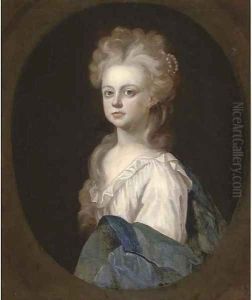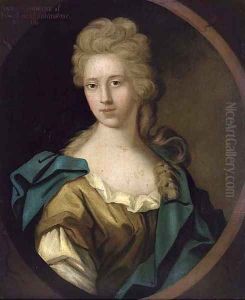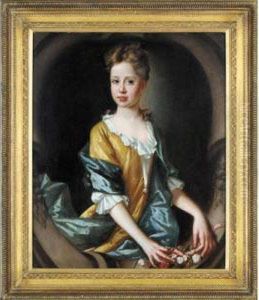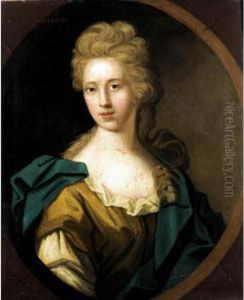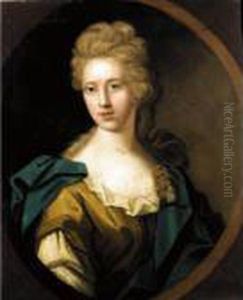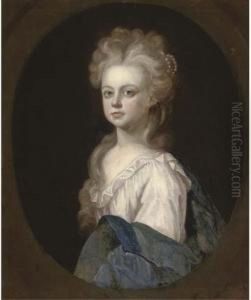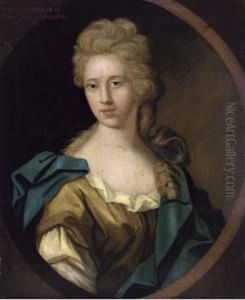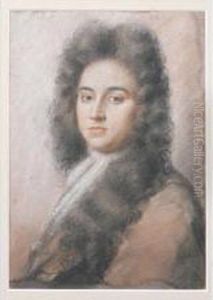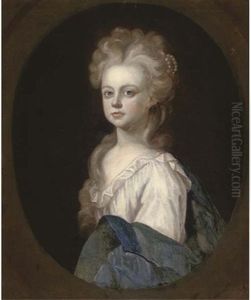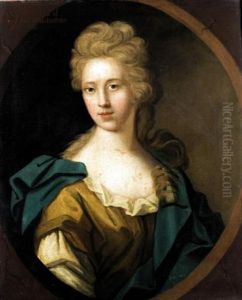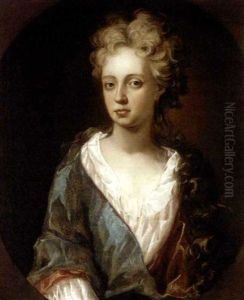Henry Tilson Paintings
Henry Tilson was an English painter born in 1659, during a period of great change and development in the art world. He emerged as a significant figure in the late 17th century, a time when the influences of Baroque art were becoming prominent in England. Tilson's life and career were relatively short, as he died in 1695 at the age of 36, but his contributions to art during his brief career were notable.
Tilson's artistic journey began under the tutelage of renowned portraitist Sir Peter Lely, who was the court painter to Charles II. This apprenticeship was crucial for Tilson, as it not only honed his skills in portraiture but also ingrained in him the sophisticated and elegant style that was characteristic of Lely's work. Through Lely, Tilson gained access to the highest circles of English society, which allowed him to establish a network of patrons early in his career.
After his apprenticeship, Tilson traveled to Italy, a common practice among artists of his time seeking to study the works of the Renaissance and Baroque masters. This experience was transformative for Tilson, deeply influencing his artistic style and approach. He spent a significant amount of time in Rome, where he was exposed to the works of Caravaggio, whose use of dramatic lighting and realism left a lasting impression on him. This exposure is evident in the evolution of Tilson's work, which began to incorporate the dramatic contrasts and emotional depth characteristic of the Baroque style.
Upon his return to England, Tilson continued to work and develop his craft, though he never achieved the level of fame and recognition that his early promise and talent might have suggested. His works from this period show a remarkable ability to blend the elegance and refinement of his early training with the more dramatic and emotional elements of Baroque art.
Despite his talents, Henry Tilson remains a somewhat obscure figure in the history of art. His career, though promising, was cut short by his early death in 1695. The exact cause of his death remains unknown, but his legacy survives through the few works he left behind. These pieces serve as a testament to the potential of an artist who bridged the gap between the refined courtly portraits of the Restoration era and the more emotive and dynamic approach of Baroque art. Tilson's work provides valuable insights into the transitional period of English art at the close of the 17th century, highlighting the interplay between domestic traditions and continental influences.
